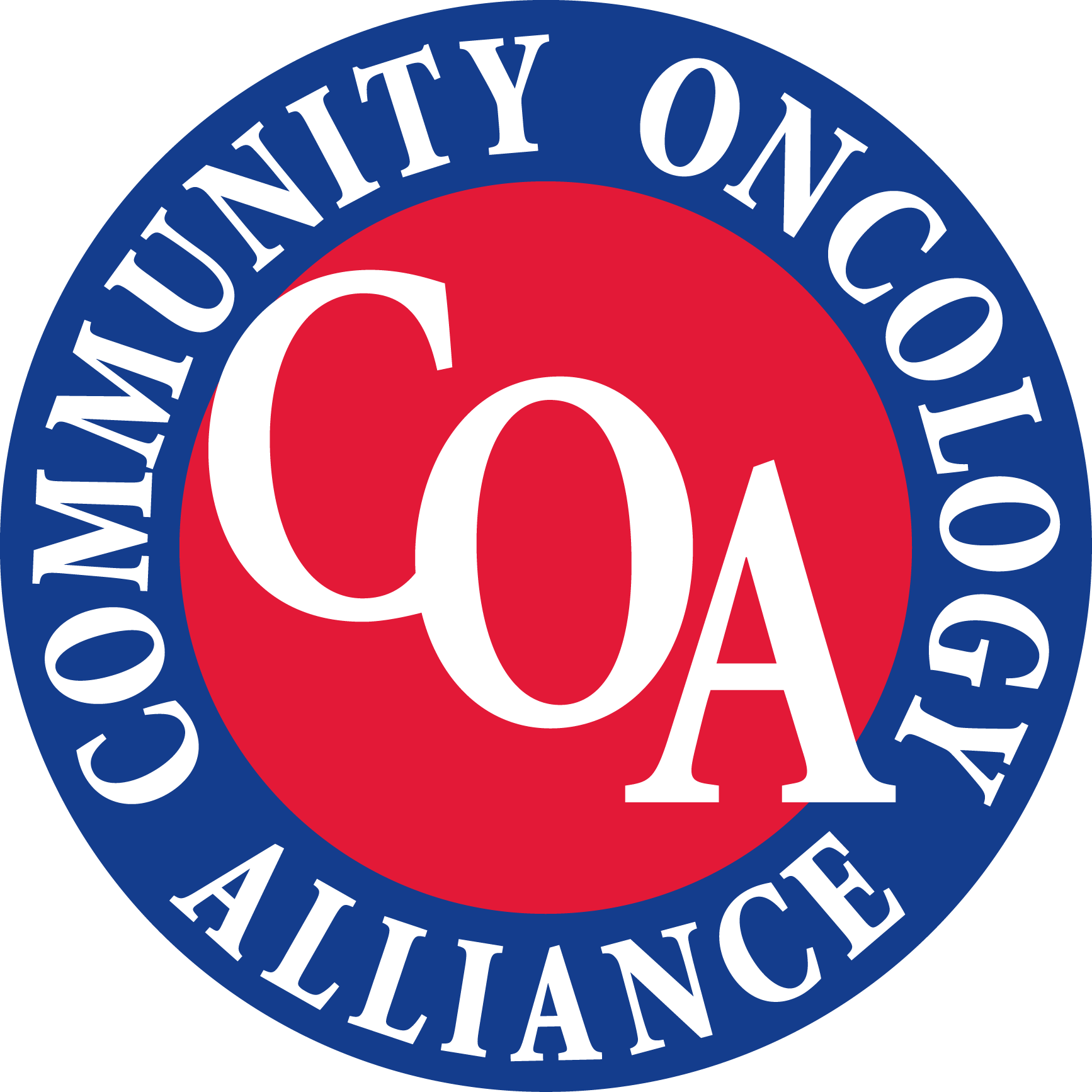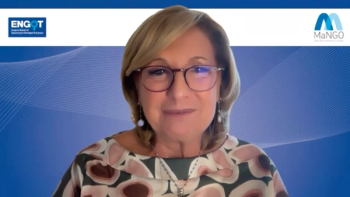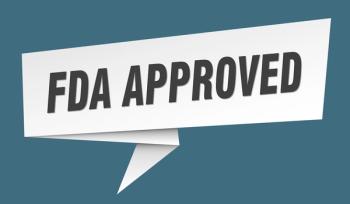
Patient Navigation Is Nonnegotiable in Cancer Care

Key Takeaways
- Effective patient navigation requires integrating technology and automation while maintaining human connection and proactive communication.
- Diverse strategies for implementing navigation programs focus on patient-centered care and addressing social determinants of health.
Experts at the Community Oncology Conference discuss innovative patient navigation programs, emphasizing technology's role and the importance of human connection in cancer care.
Navigating the complexities of cancer care presents a significant hurdle for patients. Enhancing their journey through effective navigation strategies is paramount, and a recent panel discussion at the
This complexity means that multifaceted approaches to patient navigation are paramount, and the experts who contributed to the “Building Effective Patient Navigation Programs” brought this to life by exploring such topics as the strategic integration of technology and automation to streamline processes and alleviate burdens for both patients and health care teams. Moderator Jeff Vacirca, MD, FACP, of New York Cancer & Blood Specialists (NYCBS), was joined by a distinguished panel of experts, all of whom successfully implemented patient navigation programs at their organizations:
- Danielle Brown, MBA, BSN, RN, OCN, CN-BN, Florida Cancer Specialists & Research Institute (FCS)
- Jennifer Pichoske, MS, EMBA, AOCNP, Hematology Oncology Associates of Central New York (HOA)
- Anne Marie Rainey, MSN, RN, CHC, CPHQ, American Oncology Network (AON)
- Sean Riley, NYCBS
Their conversation underscored the enduring importance of human connection within patient navigation, emphasizing proactive communication, strong patient-provider relationships, and a grassroots approach to engagement. Recognizing the diverse challenges within the oncology landscape, their insights emphasized the need for adaptable solutions and a thoughtful, phased implementation of improvements, always keeping the patient squarely at the center of the navigational experience. The panel discussion also illuminated best practices for building patient-friendly and efficient navigation systems that address the holistic needs of individuals facing a cancer diagnosis.
“As oncology practices continue to evolve, these programs have become essential in guiding patients through complex health care systems, ensuring timely access to care, and addressing social and financial challenges,” Vacirca emphasized.
Implementing and Structuring
Brown, Pichoske, and Rainey spearheaded this portion of the discussion, prompted by this question from Vacirca: How did you design and implement a patient navigation program that you support both your patients and your staff, and what were your top challenges? Their approaches to implementing and structuring their programs were diverse, highlighting the role of individual practice needs in shaping how these programs evolve.
Pichoske explained that such a program took root at HOA in 2017 after the practice identified a need for improvement on 3 fronts: proactivity, communication, and patient relationships—all as treatments were getting increasingly complex. They leveraged their existing electronic medical record (EMR) to automate processes and communications, starting with the registered nurses who were on the frontlines with the on-treatment patients and building internal communication processes by utilizing checklists to suss out patients’ care needs.
“One of the pain points with starting that process was actually just getting everybody to buy in,” Pichoske explained, “and try to standardize how we were taking care of our patients at the point of the decision team.”
At AON, they used a tiered approach, Rainey explained, which encompasses triage navigation at individualized clinics, centralized care coordination involving principal care management and chronic care management, and a principal illness navigation pilot, focusing on addressing social determinants of health.
“We feel that that's really important and necessary care for our patients, and that by addressing social determinants of health, we have the ability to impact outcomes,” she explained.
For Brown and FCS, the structure of their program was driven by the advent of principal illness navigation codes from the Cancer Moonshot’s work with CMS and the need to target resources to high-risk patients.
“We had a navigation program when I joined FCS, but it needed more structure. We had value-based care as well, but there wasn’t really a true North Star,” she said. “I really felt that was my time to really build a navigation program up, knowing that there was reimbursement out there.”
Facilitating Understanding
Vacirca’s next ask of the panel was how they continue to make it patient-friendly while enhancing the human element of the navigation. Their responses reflect the diverse strategies and challenges inherent in effectively communicating and implementing patient navigation programs.
Pichoske emphasized the importance of a consistent point person and clear communication, which can best be accomplished by introducing patient navigation during medication teaching sessions with physical brochures and direct contact information, speaking to the strong relationships that nurses often have with their patients.
"It really is that relationship and communication that a nurse has to build out of the gate with the patients that they're navigating,” she emphasized.
A risk stratification model was utilized at FCS comprising EMR data, lab values, and hospital admission feeds to identify high-risk patients for targeted navigation, leading to a significant 40% decrease in emergency department (ED) utilization for frequent visitors. “We noted patients that had 5 or more ED visits, and we took that subset of patients and assigned them a navigator, and then we went back 6 months later…these were your frequent flyers, the patients that are in every time they have a sniffle. We gave them a navigator and reeducation, and we saw a 40% decrease in inpatient ED utilization rates. That's pretty significant.”
Rainey highlighted lessons learned from their pilot program, explaining that a one-size-fits-all approach doesn't work and the need is paramount to tailor workflows to individual practice staff to ensure they understand the value of the program, especially regarding potential reimbursement, so they can communicate that to the patients they lead.
“I think that's something we all know, but in a pilot phase, you can truly figure that out,” she stated.
Riley underscored the need to streamline each patient's digital journey by minimizing redundant platforms and ensuring seamless data integration to reduce the burden on both patients and staff.
"See where your gaps are,” he said. “Ask yourself, how can I get that information for the patient, the SNOMED code, and how do I get into the EMR without bringing in the PDF to the EMR that no one's going to look at?” The collective experiences highlight the diverse strategies and challenges in effectively communicating and implementing patient navigation programs.
Balancing Technology and Touch With Progress
One of Vacirca’s final questions to the panel was, “How do you continue to make it patient-friendly while enhancing the human element of navigation?”
The panelists' perspectives illustrated the necessity of balancing the advances that technology can provide by way of streamlining navigation while keeping front and center a human element in patient navigation. They all strongly agreed that technology should enhance, not replace, the personal interactions crucial for quality patient care—in particular, emphasizing the importance of nurses and navigators building direct relationships with patients—and collectively underscored the need for both adequate financial support and improved technological infrastructure to optimize patient navigation programs.
“That's really where I feel like community oncology provides the quality that's really associated with what we do. The technology should not replace us as people,” Pichoske underscored. “It should assist us in doing our jobs better for our patients.”
Brown emphasized the importance of maintaining personal guidance as a central element of patient navigation. She noted that incorporating required human touchpoints and obtaining patient consent is best achieved by underscoring the value of direct, personal support. Together with Rainey, they also called for advocacy around the principal illness navigation codes, highlighting challenges from a need for better reimbursement rates, with Pichoske concurring, noting the need to recognize and reimburse the valuable work already being done.
Riley, however, noted that significant gaps remain in being able to fully integrate technological innovation for patient navigation, with all of the panelists pointing toward issues with reimbursement and advocacy. There remains a significant gap in technological integration, he noted, especially the difficulty inherent in seamlessly scheduling and accessing patient data across different systems.
"I think my big piece would be that we all should be advocating for a situation where the patient is not having to pay out of pocket for those services,” Rainey exclaimed.
Newsletter
Stay ahead of policy, cost, and value—subscribe to AJMC for expert insights at the intersection of clinical care and health economics.













































